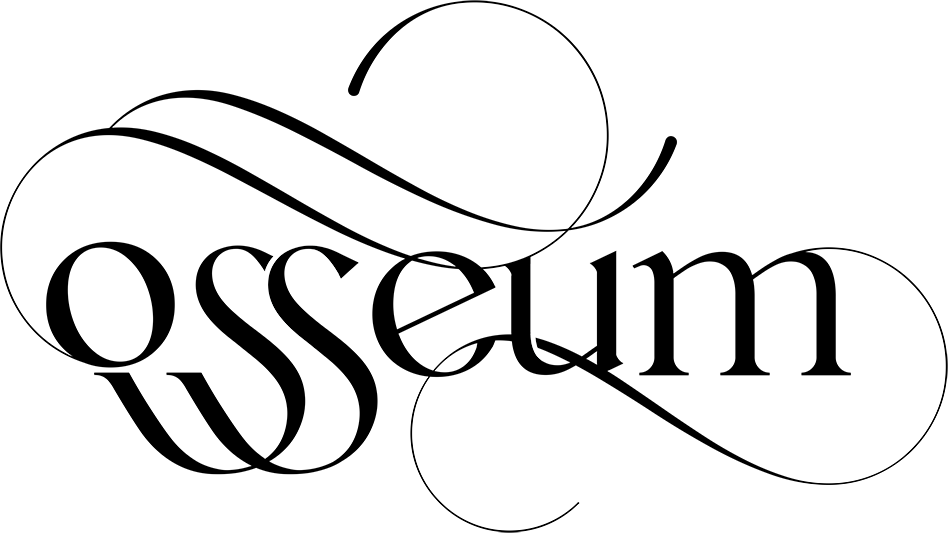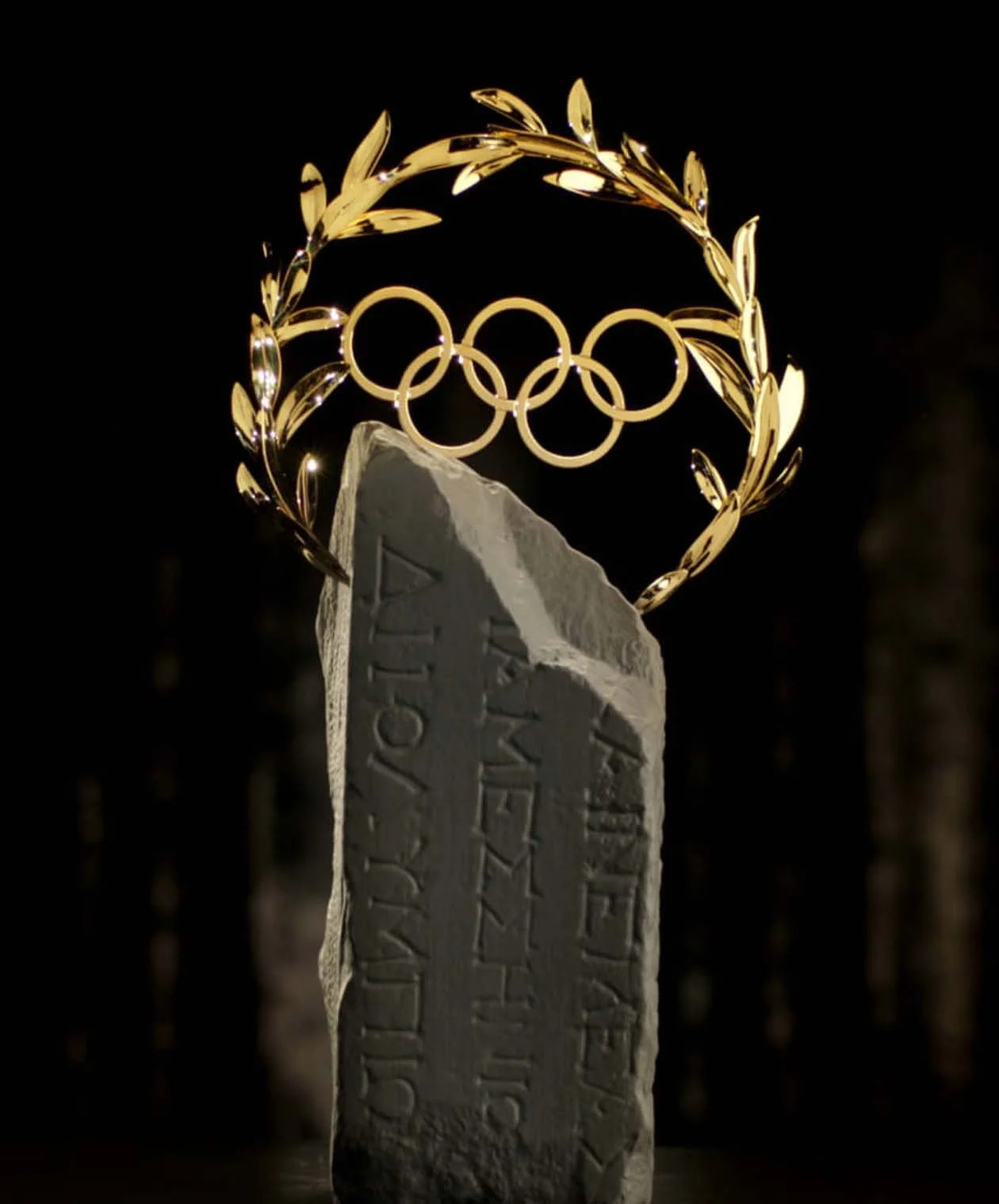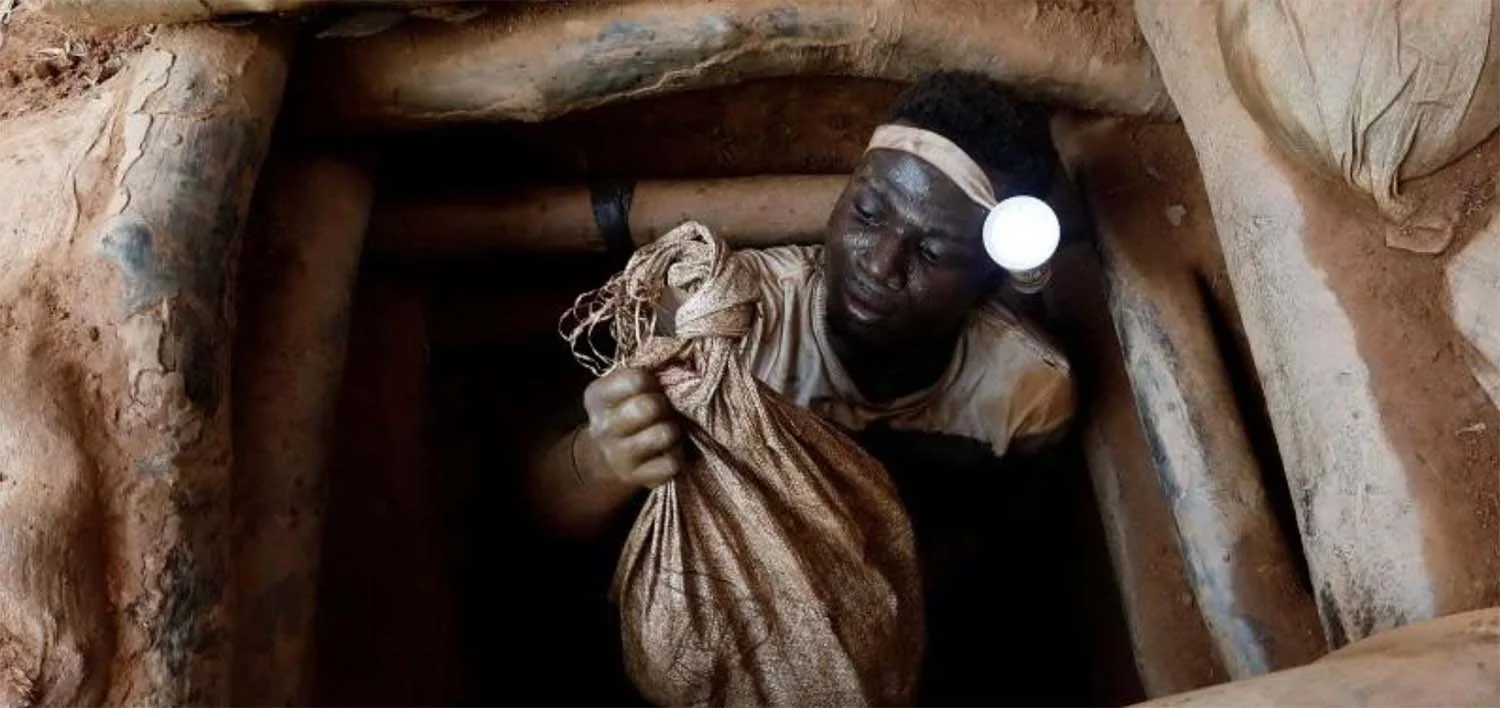Certifications and Guidelines for Ethical and Responsible Jewelry Businesses
BRIEF: On this blog, you will learn what the OECD Due Diligence is, the requirements to become a certified responsible (ethical/sustainable) jewelry business by the Responsible Jewelry Council (RJC), how to self-assess your business, and the best practices to follow, according to the Human Rights Watch organization. - Reading time: 10 min
Photo from the Responsible Jewelry Council 2015 report
Depending on the size of your business, certifications and memberships to associations can be expensive. Still, whether you want to be certified or not, it is essential to know what is required to assess your business and make the necessary changes. Please, read the Human Rights Watch organization's recommendations at the end of this blog! Those are the best guidelines to follow.
Photo: Cover of the OECD Due Diligence guidance
WHAT IS THE OECD DUE DILIGENCE GUIDANCE
The OECD guidance is an initiative on responsible supply chain management of minerals from conflict-affected areas. According to the latest edition of the guidance document, "Its objective is to help companies respect human rights and avoid contributing to conflict through their mineral sourcing practices. The guidance is also intended to cultivate transparent mineral supply chains and sustainable corporate engagement in the mineral sector with a view to enabling countries to benefit from their mineral resources and preventing the extraction and trade of minerals from becoming a source of conflict, human rights abuses, and insecurity."
You can find the latest edition HERE. It provides companies with a complete package to source gold, tin, tantalum, and tungsten responsibly.
Photo from the Responsible Jewelry Council 2014 report
DEFINITION OF DUE DILIGENCE BY THE OECD
From the latest edition of the OECD Guidance page 15: "Due diligence is an ongoing, proactive and reactive process through which companies can ensure that they respect human rights and do not contribute to conflict. Due diligence can also help companies ensure they observe international law and comply with domestic laws, including those governing the illicit trade in minerals and United Nations sanctions. Risk-based due diligence refers to the steps companies should take to identify and address actual or potential risks in order to prevent or mitigate adverse impacts associated with their activities or sourcing decisions."
FIVE-STEP FRAMEWORK FOR RISK-BASED DUE DILIGENCE IN THE MINERAL SUPPLY CHAIN BY THE OECD
The following is a brief of the five-step framework included in the latest OECD Guidance page 19 to 21.
1 "Establish strong company management systems:" Create a company supply chain policy with due diligence standards and incorporate it into contracts and agreements. Establish management and strategies to support it, including a transparent chain of custody or traceability system.
2 "Identify and assess risks on the circumstances of extraction, trading, handling and export of minerals from conflict-affected and high-risk areas." For tin, tantalum, and tungsten, go to page 43 of the guidance. For gold, go to page 80. Also, read Annex II on page 22.
3 Design and implement a strategy to respond to identified risks: "Prevent or mitigate the identified risks by adopting and implementing a risk management plan. These may result in a decision to continue trade throughout the course of risk mitigation efforts, temporarily suspend trade while pursuing ongoing risk mitigation, or disengage with a supplier either after failed attempts at mitigation or where the company deems mitigation not feasible or the risks unacceptable."
4 "Carry out independent third-party audit of supply chain due diligence at identified points in the supply chain."
5 "Report on supply chain due diligence."
Photo from the Responsible Jewelry Council website
ABOUT THE RESPONSIBLE JEWELRY COUNCIL (RJC)
The RJC membership is "the only independently verified sustainability standard for the global jewelry and watch industry covering the entire supply chain, from mine to retail." and it can help your business improve your sustainability practices.
Their code of practices (a certification they offer) is "aligned with the OECD Due Diligence Guidance and the UN Guiding Principles of Business and Human Rights. Through the implementation of the Code of Practices, members contribute towards the United Nations 2030 agenda and the 17 Sustainable Development Goals."
RESPONSIBLE JEWELRY COUNCIL CERTIFICATION STANDARDS
The RJC has two certification standards - the code of practices standard, and the chain of custody standard. According to Human Rights Watch organization, the chain of custody standard is the best one to get because it follows the OECD due diligence framework mentioned above. Certified businesses have to establish company policies and systems and confirm the eligibility of their materials, providing documentation.
Photo from the Responsible Jewelry Council website
The code of practices standard, which you have two years to complete, "demonstrates your commitment to responsible jewelry and promotes trust in the watch and jewelry supply chain." Link to the application page HERE
The chain of custody standard "provides you with a guarantee of the integrity of your products and materials – allowing you to tell the complete story about how they were sourced, traced, and processed, from mine to retail." Link to the application page HERE
Application process: Both standards follow a similar application process.
1. Become a member of the RJC:
2 Self-assess your business: (read the self-assessment section below)
3 Find and pay for an approved auditor to evaluate your assessment.
4 Make a corrective action plan if required
5 Obtain certification, go through surveillance audits and reapply four months before your current certificate expires.
HOW TO SELF-ASSESS YOUR BUSINESS
Both certification standards by the RJC have a workbook that will guide you through a series of charts to restructure your business into a responsible one. You can download both of them for free here: Code of practices and Chain of custody.
The charts included in the workbooks include:
Photo from the Responsible Jewelry Council small business toolkit
General business info and requirements by the code of practice
Management systems and responsibilities (chain of custody only)
Responsible supply chains and human rights due diligence of metals and stones upstream and downstream.
Systems to confirm eligibility of materials (chain of custody only)
Material declarations and documentation (chain of custody only)
labor rights and working conditions
Health, safety, and the environment
Assessment of materials
Responsible mining
THE SMALL BUSINESS SUSTAINABILITY TOOLKIT
Another great resource is the RCJ Small Business Sustainability Toolkit that you can download for free HERE. It is 36 pages long, but it is easy and fast to read, and it will guide you through the steps to reshape your business.
Photo from the Responsible Jewelry Council website
The kit includes:
-Challenges of the jewelry industry
-UN development goals
-Definition of legal terms
-How to create a good company policy
-Implementation and risk assessment
-Supply chain information
-Grievance channel
MAKE A RISK ASSESSMENT
To learn how to make a supply chain map, read pages 19 to 21 of the Small Business Sustainability toolkit by the RJC. The toolkit describes the different types of risk factors based on the characteristics of the products and includes a template you can use on page 30.
• List "all products and services you purchase, produce, provide and export."
• "Identify the country where each product was manufactured."
• "Determine what the main raw materials are for composite products and/or semi-finished products, and where they come from."
• "Identify the risks for each product or suppliers based on country of origin, characteristics of the suppliers."
Photo from the Responsible Jewelry Council small business toolkit
WHY FOLLOW THE HUMAN RIGHTS WATCH (HRW) EVALUATION PROCESS
Since 2018 HRW has been evaluating large jewelry companies and the responsible jewelry industry. In their first report from 2018, they called the Responsible Jewelry Council certifications "a weak assurance," The Kimberley Process, for conflict-free diamonds, "an inadequate model," and the OECD Due Diligence Guidance "a key standard, poorly implemented."
Photo from the Human Rights Watch 2020 report
Here is what they said about each of them:
The OECD due diligence is well thought out and has inspired other standards, but it is voluntary and lacks monitoring and implementation.
The RJC Code of Practices Standard has a weak implementation and certification process. It doesn't require compliance with "International Labour Organization (ILO) conventions on forced labor, freedom of association, and collective bargaining, as well as Indigenous peoples' rights. Provisions on waste, emissions, and tailings are very vague. It also does not require companies to establish full traceability for their material."
The Chain of Custody Standard promotes traceability requiring information back to the country of origin but not to the mine. It also doesn't require companies to be transparent by making the information public or conduct human rights due diligence.
"The Kimberley Process relies on a narrow "conflict diamond" definition that only focuses on rough diamonds sold by rebel groups seeking to overthrow a legitimate government, ignoring a wide range of human rights issues related to state actors or private security firms. Because of this glaring loophole a diamond certified as compliant under the Kimberley Process may still be tainted by abuse."
I recommend reading their 2018 and 2020 reports; it will help you understand the complicated world you are getting into and make responsible and informed decisions for your business.
WHAT IS REQUIRED BY HUMAN RIGHTS WATCH FROM JEWELRY COMPANIES TO STOP CONTRIBUTING TO ABUSES (from their 2020 report)
Put in place a robust supply chain policy that is incorporated into contracts with suppliers and available to the public;
Establish chain of custody over gold and diamonds by documenting business transactions along the full supply chain back to the mine of origin, including by requiring suppliers to share detailed evidence of the supply chain;
Assess human rights risks throughout their supply chains;
Respond to human rights risks throughout their supply chains;
Check their own conduct and that of their suppliers through independent third-party audits (a systematic and independent examination of a company's conduct), and through reliable, accessible, and independent community- and operational-level grievance mechanisms;
Publicly report at regular intervals on their human rights due diligence, including risks identified;
Publish the names of their gold and diamond suppliers; and
Source from responsible, rights-respecting artisanal and small-scale mines, and support initiatives seeking to improve human rights conditions in artisanal and small-scale mines.
RECOMMENDATIONS BY HRW FOR CERTIFICATIONS AND SOURCING INITIATIVES (from their 2020 report)
"the Responsible Jewellery Council and the World Diamond Council—should set and uphold a high industry standard and ensure they do not give legitimacy to companies that do not deserve it. Such initiatives should:"
Require companies to adhere to international human rights and humanitarian law;
Require companies to disclose information on their suppliers, human rights due diligence conducted, audit summary reports, and grievances received and addressed; and
Ensure that companies are checked for compliance through thorough audits by human rights experts;
Sanction companies that fail to adhere to the standard, including by withdrawing certification and membership; and
Ensure that civil society groups and industry representatives have equal decision-making powers and are represented equally on the board of directors and other key bodies.
"As governments develop legislation on supply chain due diligence, they should require proper human rights assessments, prevention, mitigation, and remedy, and full transparency in supply chains. Membership in a certification standard, such as the RJC or LBMA, should not automatically exempt companies from their obligations or penalties under the law, as is currently planned or debated in several jurisdictions. "
Thanks for reading and for being here. All blog posts are "active." I update them as I find new information. We are a community. If you have relevant information on the subject you want others to know, please leave it in the comments below.












